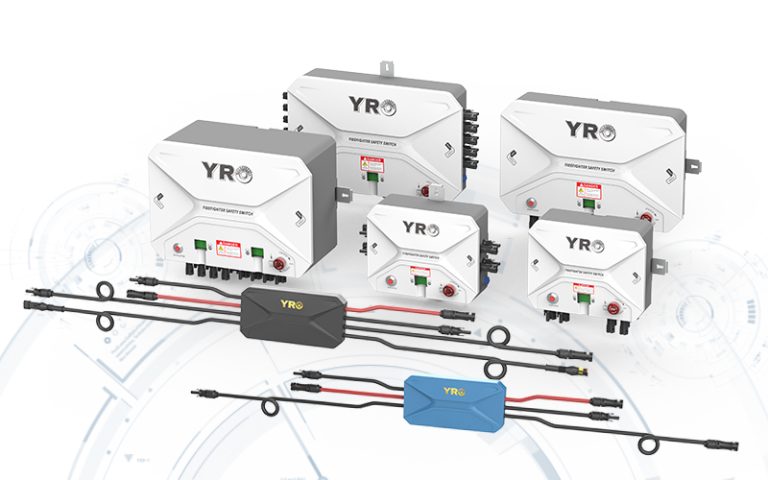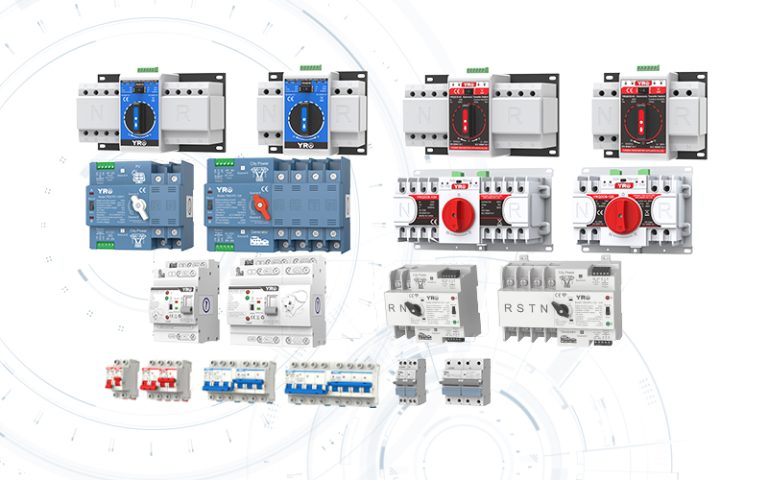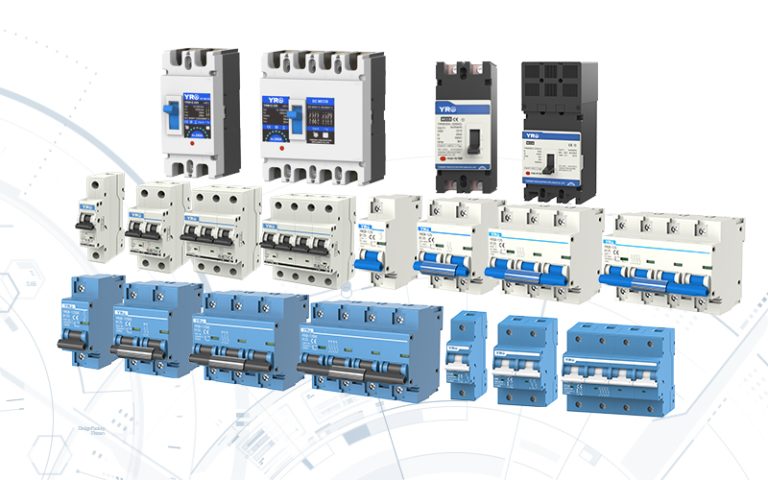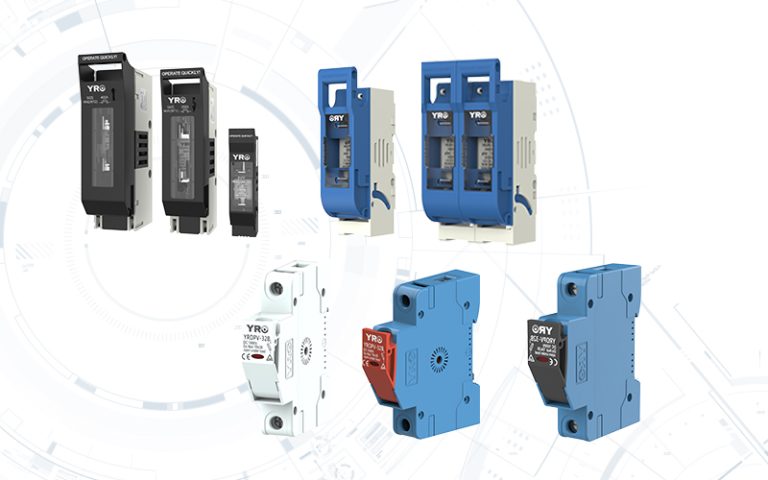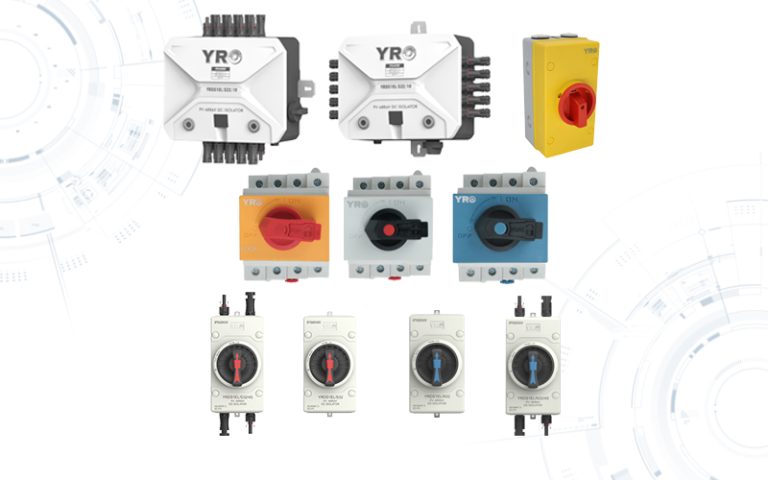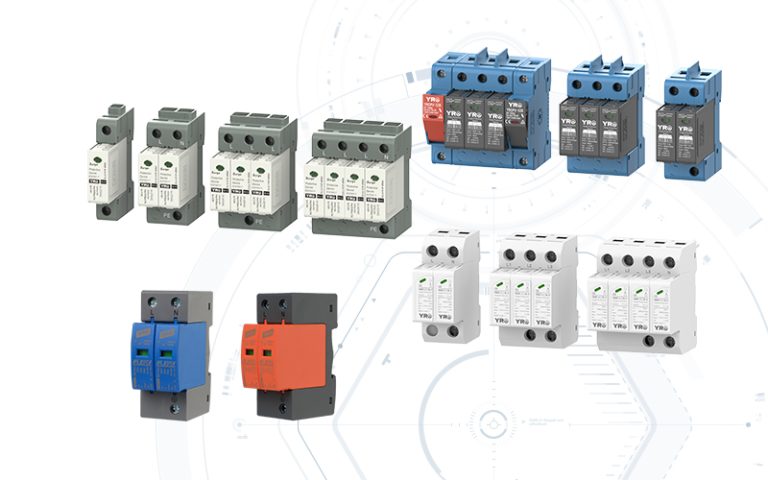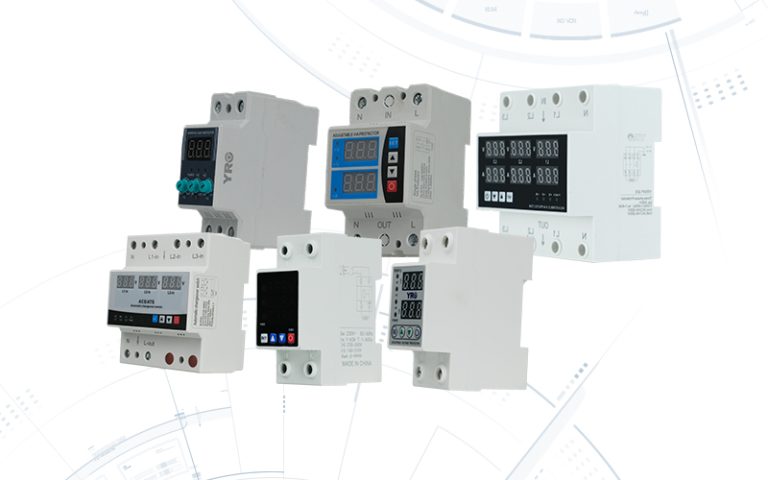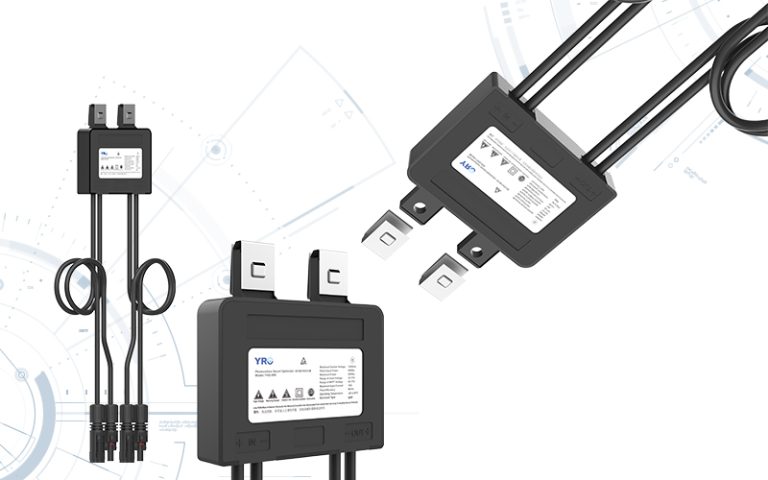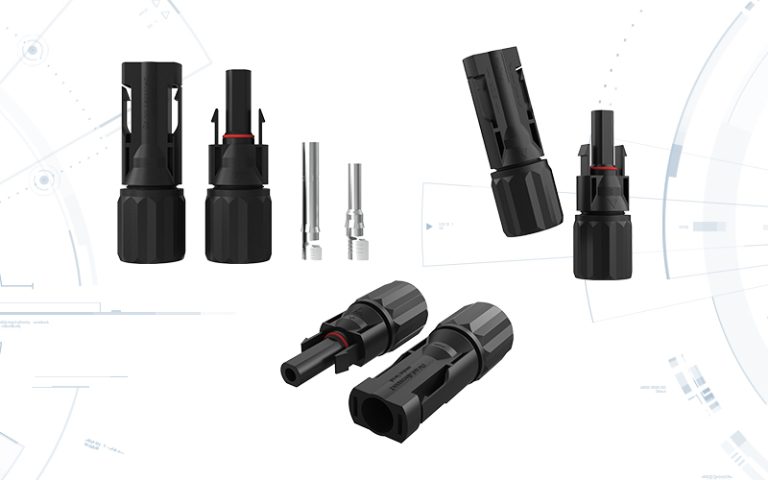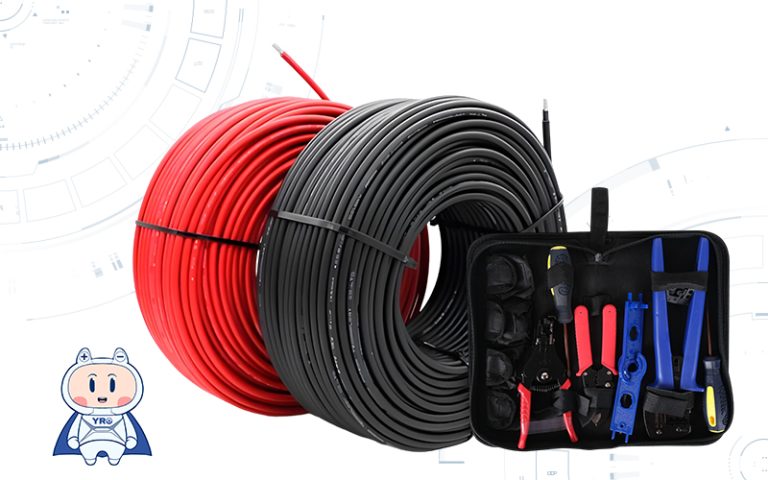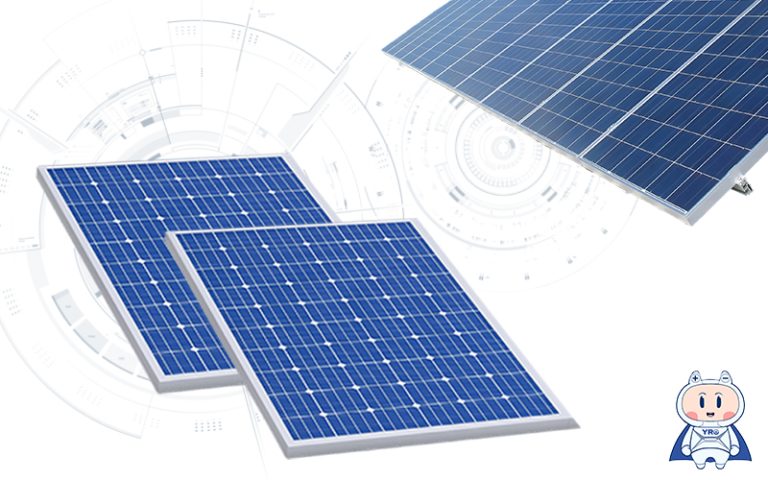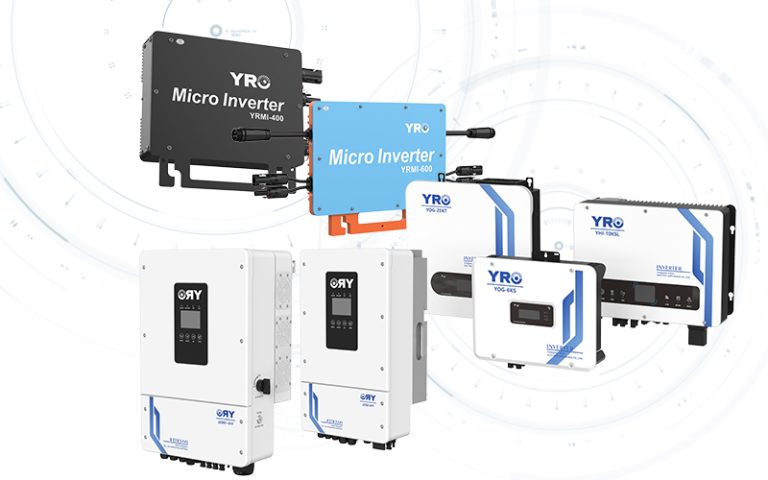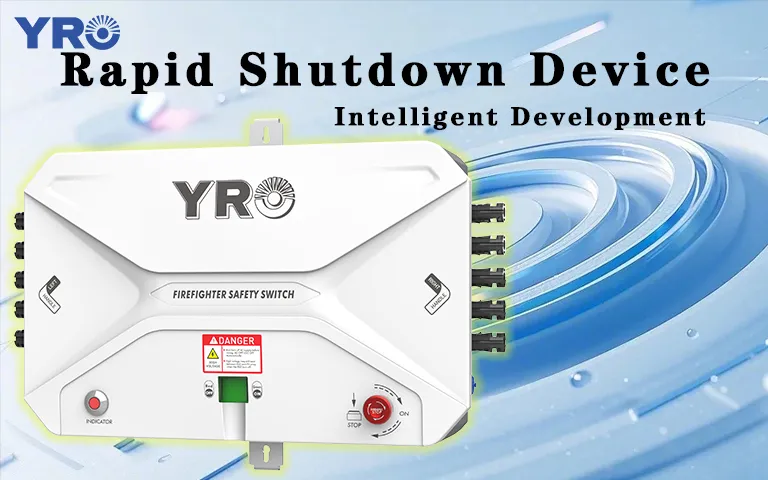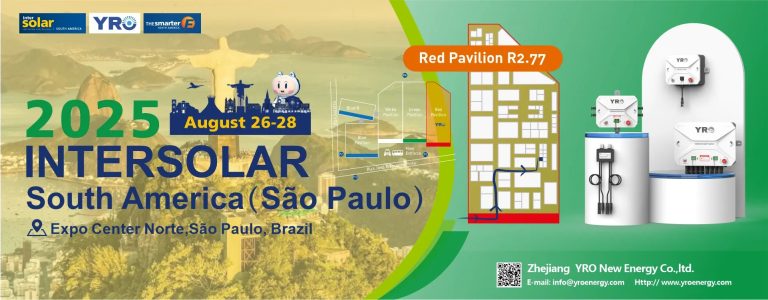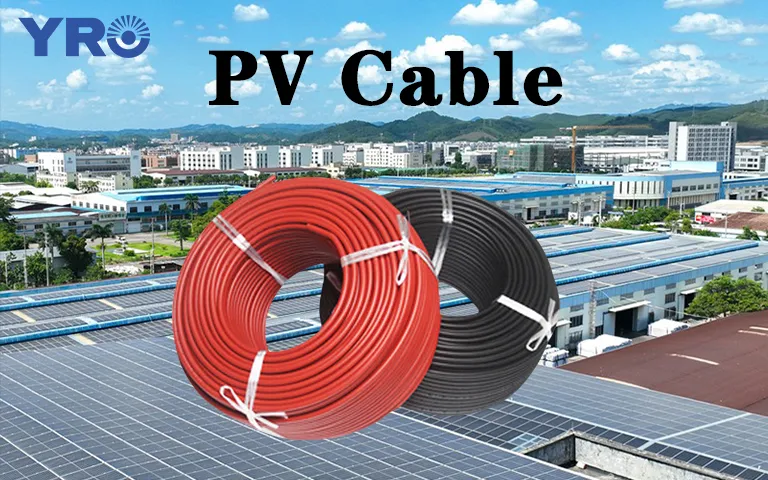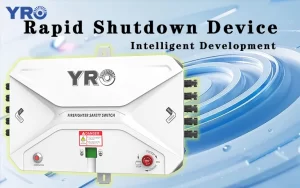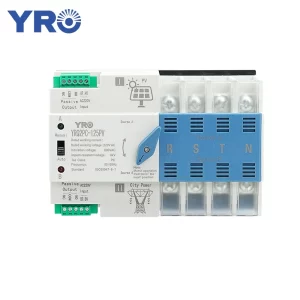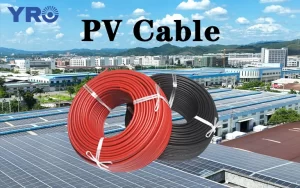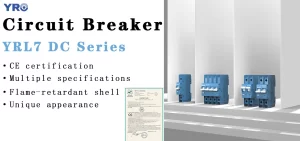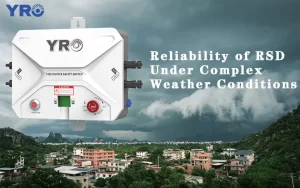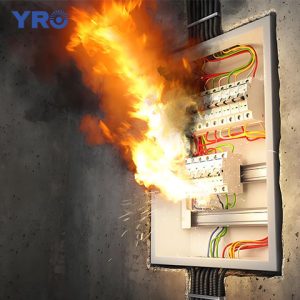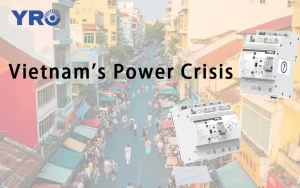When there is a sudden power outage, have you ever experienced such a scene: rushing to connect the generator at the risk of electric shock and frantically switching the circuit manually? This operation method poses a significant safety hazard – it is very easy to make mistakes when manually switching power supplies. At the very least, it may burn out valuable electrical appliances; at worst, it may cause fires or electric shock accidents. After installing the generator transfer switch, the switch will automatically connect to the generator, fundamentally eliminating the risk of human operation. It can achieve automatic isolation between the power grid and the generator power supply, avoid the risk of reverse power transmission, and protect personal and property safety.
Do I Really Need a Generator Transfer Switch?
The generator’s automatic transfer switch ensures instant switching capability between grid power and backup generator systems. By creating a physical separation between utility lines and generator circuits, it eliminates cross feed risks and unintended activation while maintaining compliance with NEC safety standards. This solution proves critical in areas with unreliable grid connections, where continuous operation of life support devices, temperature controlled storage systems, and mission critical equipment depends on backup power integrity.
The automatic transfer switch has three core functions:
1、Ensure the continuity of power supply
The dual power transfer switch can automatically switch to the backup power supply within one second, when the main power supply fails, ensuring the continuity of power supply.
2、Eliminate the threat of reverse power transmission
When manually switching, if the public power grid is not disconnected, the generator current may flow in the reverse direction, causing the maintenance personnel to be electrocuted to death. Circuits equipped with changeover switches do not pose this threat.
3、Resist load conflicts
During the process of switching between two power sources, both the main power and the backup power may supply power to the equipment simultaneously, which can cause phase desynchronization, leading to a sudden surge in current and equipment burnout.
Now that we know the function of the transfer switch, let’s take a look at it in combination with reality. If it is only to provide emergency power for low power equipment such as outdoor lighting and welding machines occasionally, a simple storage power supply can be used. However, for important scenarios involving industrial or commercial electricity usage, installing transfer switches can truly ensure safety and reliability.
What Size Transfer Switch Do I Need for My Generator?
step1: Estimate the total load
1、List electrical equipment: List the rated power of all electrical appliances that require backup power (lighting, refrigerators, air conditioners, televisions, computers, charging piles, etc.) one by one.
2、Calculate the starting power: The instantaneous power of some electrical appliances (such as air conditioners, refrigerators, and washing machine compressors) during startup can reach 3 to 7 times the rated power, and this should be taken into account in total. For example, if the power of the refrigerator during operation is 1.5kW, the starting power becomes 4.5kW.
3、Sum up to obtain the maximum load power: Add up the start up power of all devices to get the maximum possible power demand in the backup scenario.
step2: Determine the rated power of the generator
Generators are usually calibrated for rated output in kilowatts (kW) or kilovolt amperes (kVA), and it is necessary to ensure that their continuous output power is greater than, or equal to the aforementioned maximum load power.
For instance, if the total load is approximately 5 kW, a generator of 6 to 7 kW is generally chosen to leave a margin to prevent overload.
step3: Calculate the rated current of the transfer switch
Rated current I = Power P (W) ÷ Voltage V (V). For A household single phase 220V system, if the generator output power is 6 kW, then I = 6000 ÷ 220 = 27.3 A;
When actually selecting the model, a safety margin should be added on this basis (generally, a transfer switch with a nominal value of 30A or 40A is selected) to cope with possible short term peak loads.
Sum up
Whether it is for daily household emergencies or the guarantee of critical loads in commercial and industrial settings, it is necessary to match the appropriate specification of transfer switches, according to the electricity demand and the power of the generator. The dual power transfer switch is not an “optional” accessory, but a defense line to ensure the compliance and safety of the power system.

